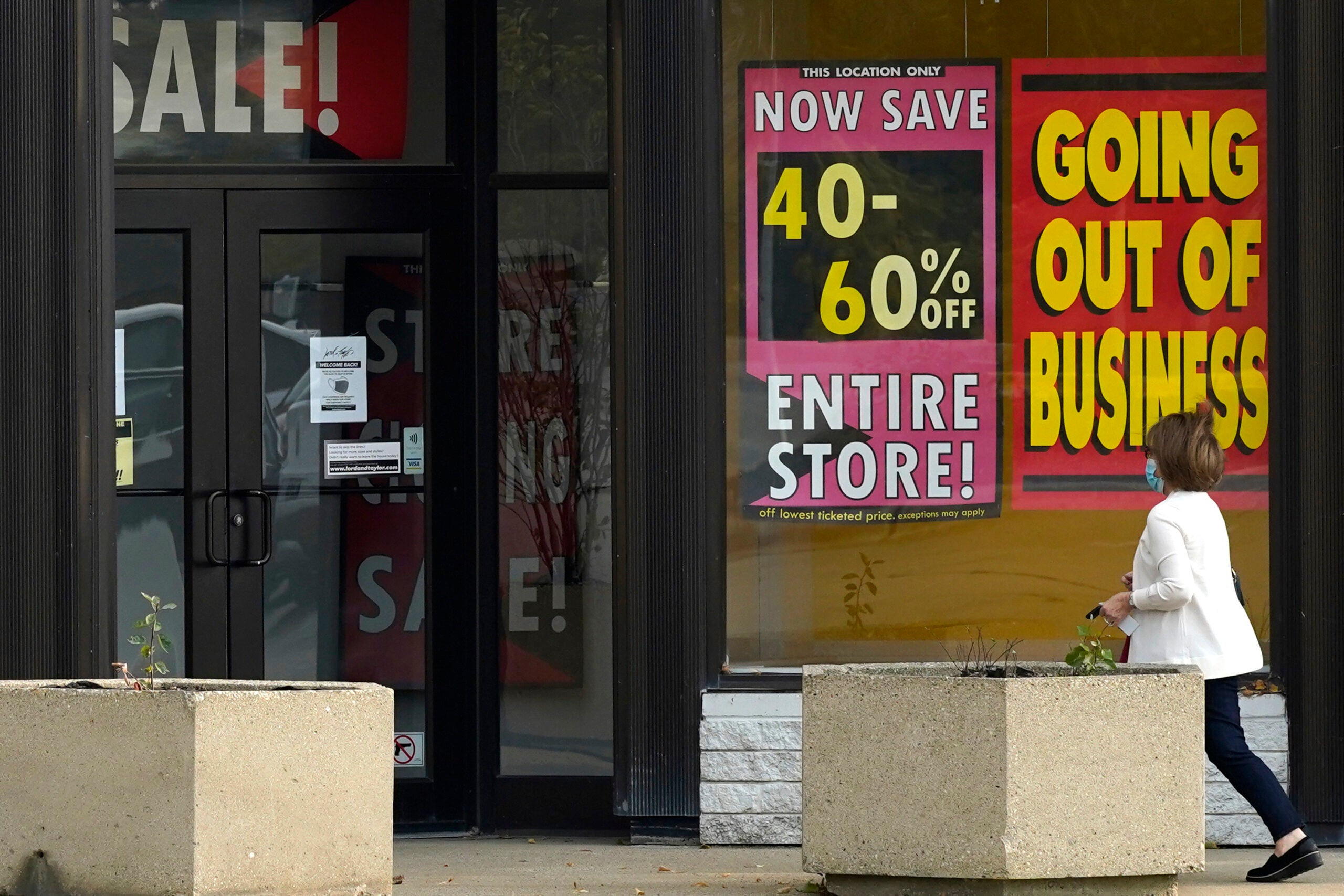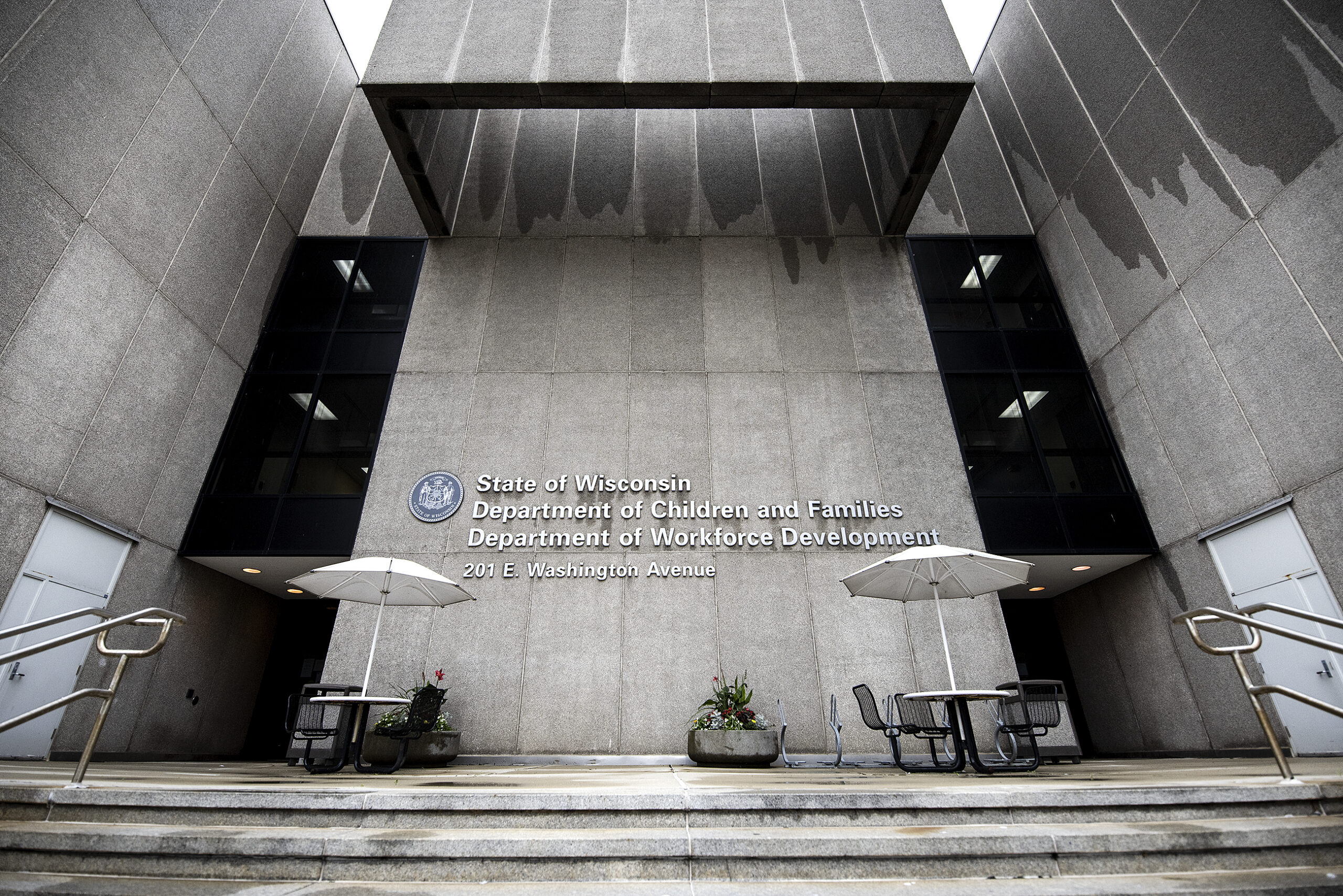Wisconsin’s unemployment rate fell to 5.4 percent in September, according to the latest numbers from the U.S. Bureau of Labor Statistics released Thursday by the state Department of Workforce Development (DWD).
September’s figures mark the fifth straight month of declining jobless numbers in the state, and it’s an improvement from August, which had a revised unemployment rate of 6.3 percent.
Wisconsin’s unemployment rate sat well below the national unemployment rate of 7.9 percent in September. The national unemployment rate has also been falling in recent months.
News with a little more humanity
WPR’s “Wisconsin Today” newsletter keeps you connected to the state you love without feeling overwhelmed. No paywall. No agenda. No corporate filter.
“We’re still going (in) the right direction. Jobs are increasing,” said Laura Dresser, who researches the state’s labor force as the associate director of the University of Wisconsin-Madison’s Center on Wisconsin Strategy.
But Dresser and other economists said that the pace of the recovery has been slow, noting that Wisconsin is adding tens of thousands of fewer jobs in recent months compared to May and June.
“Still, we’re well behind where we were before the COVID(-19) pandemic shut down the economy in March, and I think you can really see that growth has slowed across the board,” she said, noting some gains in the state’s leisure and hospitality industries.
Adam Hoffer, an economics professor at UW-La Crosse, agreed.
“The number of jobs being added is a signal of a fairly slow recovery, but we’re at least moving in the direction that we want to go,” Hoffer said.
Dennis Winters, chief economist at DWD, also acknowledged that the job numbers could be better, but added that “we’ll take what we can get at this point.”
Wisconsin saw its highest unemployment rate of 13.6 percent in April, just weeks after the coronavirus began circulating the state in March. March’s unemployment rate was 3.1.
Wisconsin’s initial weekly jobless claims, which are seen as a more current indicator of the health of the economy, totaled 14,823 last week, according to data from DWD. That’s an increase of more than 3,000 claims from the week prior. That indicates more people were seeking unemployment insurance in early October after those numbers had been trending downward since mid-July, according to historical data from the U.S. Department of Labor.
Winters said those numbers typically increase at the end of the year as seasonal layoffs in industries like construction and tourism kick in.
The counties with the highest number of initial jobless claims last week were Milwaukee, Dane, Brown, Waukesha and Outagamie. The counties with the lowest number of initial weekly claims were Buffalo, Menominee, Iron, Florence and Pepin.
Some economists warned that the state’s surging COVID-19 cases could harm the state’s recovery. On Thursday, Wisconsin recorded an all-time high of more than 3,700 new COVID-19 cases in a single day, marking the third record-breaking day in the last week.
“The increase in the disease can put a real damper on the economic growth, absolutely,” Dresser said. “And we’re seeing real increases right now.”
Wisconsin Public Radio, © Copyright 2026, Board of Regents of the University of Wisconsin System and Wisconsin Educational Communications Board.



